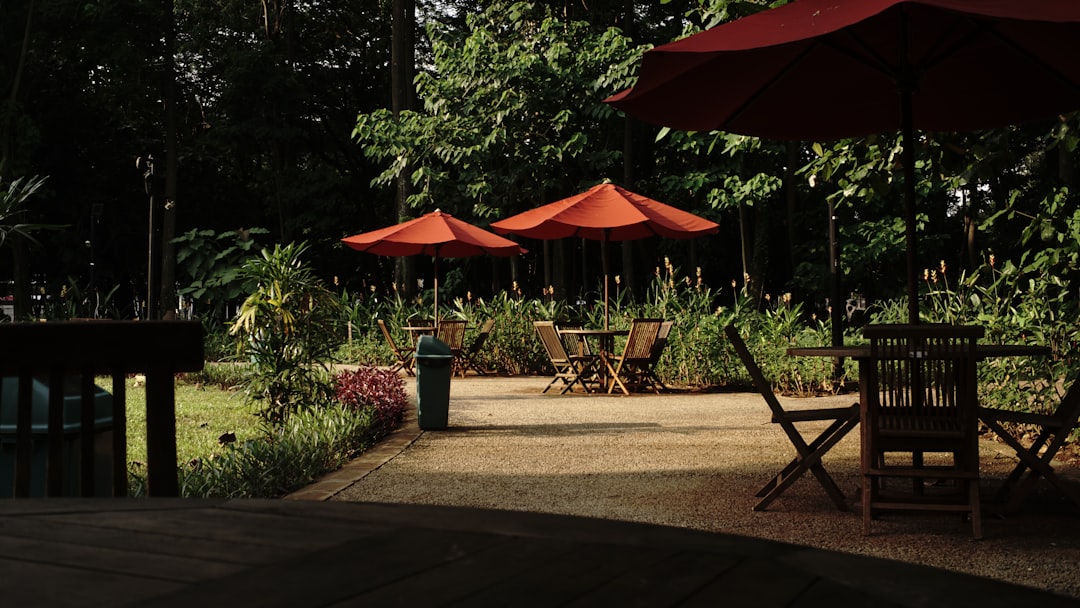
Having a beautiful garden is a dream for many, but it can quickly turn into a nightmare when purple - flowered weeds start to invade your landscape. These pesky plants not only mar the aesthetic appeal of your garden but also compete with your desired plants for essential resources such as water, nutrients, and sunlight. In this article, we will explore how to identify these purple - flowered weeds and the steps you can take to get rid of them.
First, let's look at some common purple - flowered weeds that you might find in your garden. One of the most well - known is the purple deadnettle. It has square stems and heart - shaped leaves with a purplish tint. The flowers are small, tubular, and range from light purple to pinkish - purple. Another frequent invader is the henbit. Similar to the purple deadnettle, it has square stems, but its leaves are more rounded and deeply lobed. The henbit's purple flowers are also tubular and grow in whorls around the stem.
Then there is the wild violet. This weed has heart - shaped leaves that are often shiny. Its purple flowers are quite showy, with five petals and a yellow center. Wild violets can spread quickly, forming large patches in your garden. Creeping charlie is yet another purple - flowered nuisance. It has round, scalloped leaves and small, lavender - colored flowers. This weed spreads by creeping stems that root at the nodes, making it difficult to control.
Identifying these weeds accurately is crucial because different weeds may require different control methods. Visual inspection is the first step. Take a close look at the leaves, stems, and flowers of the plant. You can also use a field guide or online resources to compare the characteristics of the weed you've found with known species. If you're still unsure, you can take a sample to your local cooperative extension service. They have experts who can help you identify the weed and provide advice on control.
Once you've identified the purple - flowered weed in your garden, it's time to take action. There are several methods you can use to get rid of these invaders. One of the most environmentally friendly ways is manual removal. This involves pulling the weeds out by hand or using a tool like a weeding fork. Make sure to remove the entire root system, as leaving even a small part of the root can allow the weed to regrow. Manual removal is best done when the soil is moist, as it makes it easier to pull out the roots.
Another option is mulching. Applying a thick layer of mulch around your desired plants can smother the weeds. Organic mulches like wood chips, straw, or shredded leaves not only block sunlight from reaching the weeds but also break down over time, adding nutrients to the soil. However, you need to be careful when mulching around young plants, as too much mulch can prevent them from getting enough air and water.
For more severe infestations, you may need to use herbicides. There are two main types of herbicides: selective and non - selective. Selective herbicides target specific types of plants, such as broadleaf weeds, while leaving grasses unharmed. Non - selective herbicides kill all plants they come into contact with. When using herbicides, always follow the instructions on the label carefully. Wear protective clothing, such as gloves and goggles, and apply the herbicide on a calm day to prevent it from drifting onto your desired plants.
Preventive measures are also important in keeping purple - flowered weeds at bay. Keep your garden well - maintained by regularly watering, fertilizing, and pruning your plants. A healthy garden is more resistant to weed infestations. You can also use landscape fabric or groundcovers to prevent weeds from germinating in the first place. Additionally, make sure to clean your gardening tools after each use to avoid spreading weed seeds from one part of the garden to another.
In conclusion, dealing with purple - flowered weeds in your garden requires a combination of identification, control, and prevention. By being vigilant and taking the appropriate steps, you can keep your garden free from these unwanted invaders and enjoy a beautiful, healthy landscape.
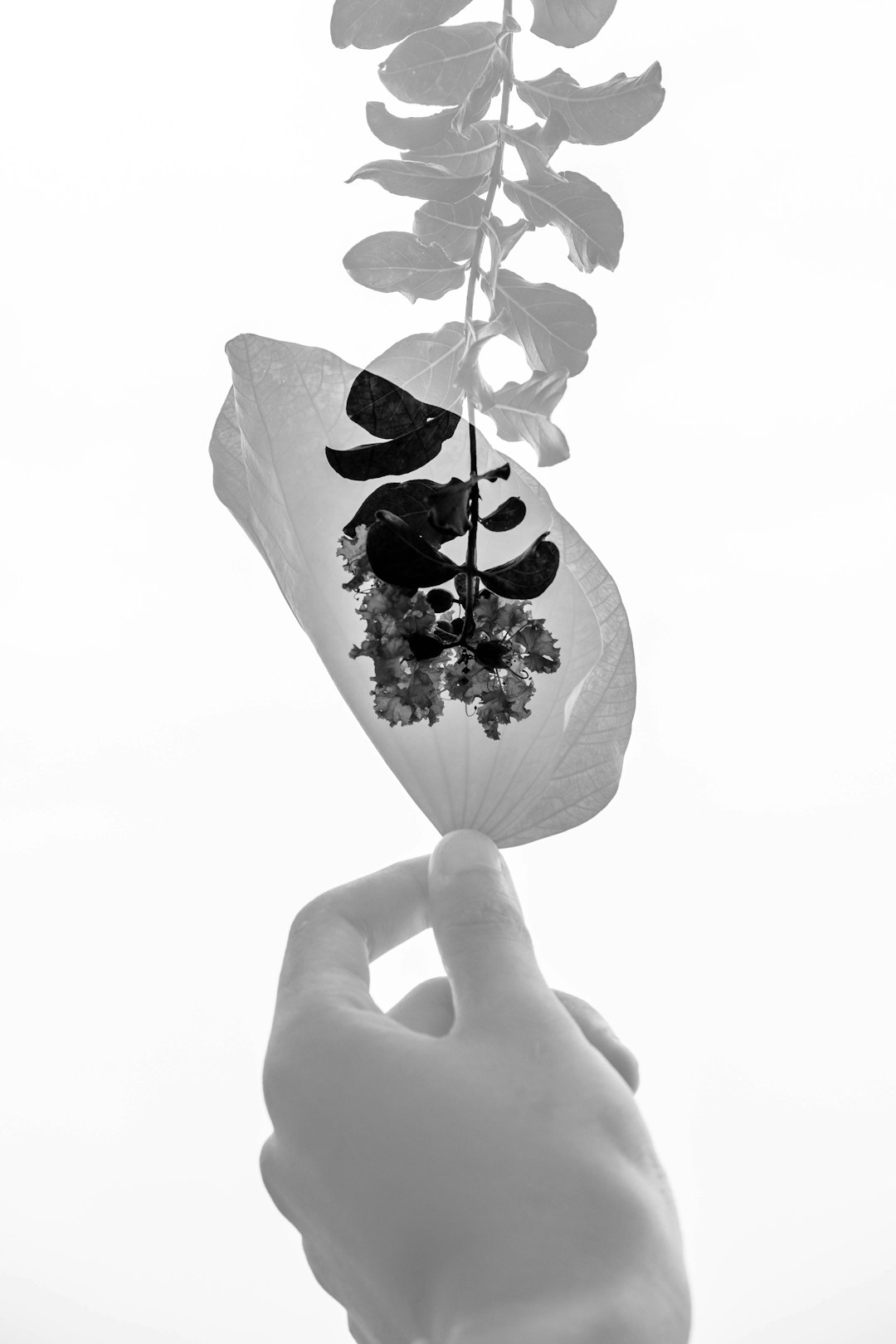
The Secret to Squirrel - Free Potted Plants
The Secret to Squirrel - Free Potted Plants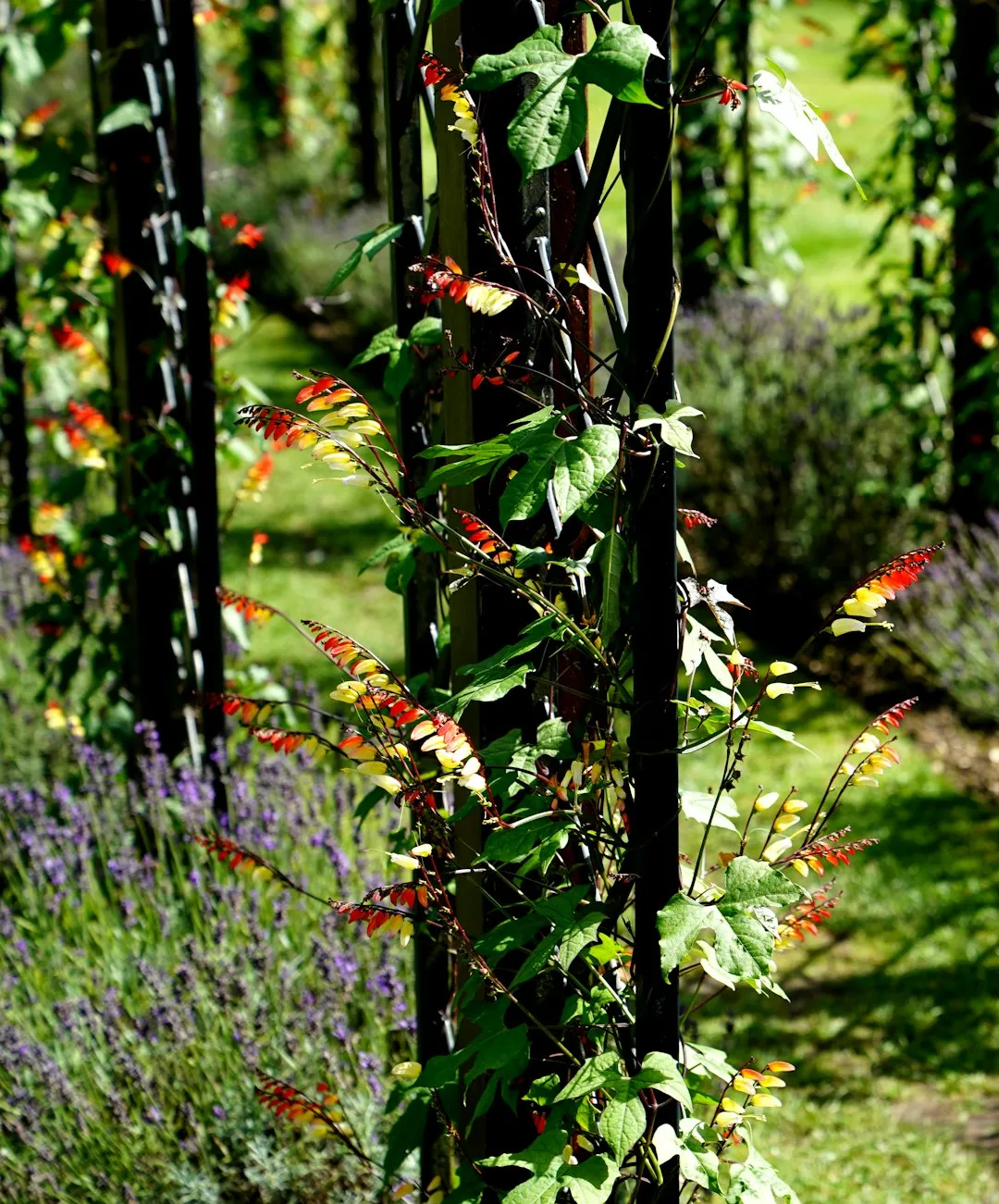
Sweet Rewards: Cultivating Berries in Containers
Sweet Rewards: Cultivating Berries in Containers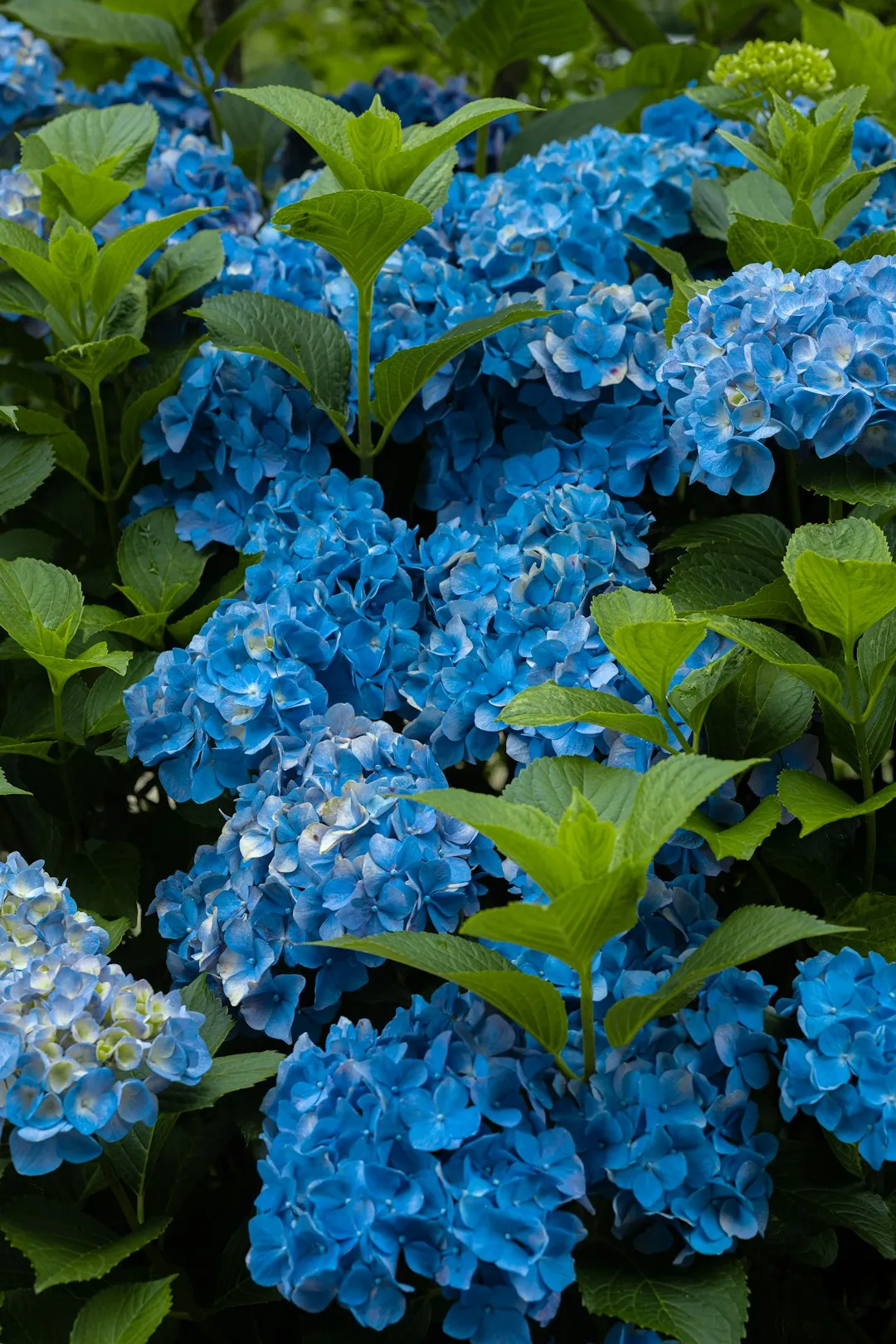
Unveiling the Secrets of a Stunning Lawn
Unveiling the Secrets of a Stunning Lawn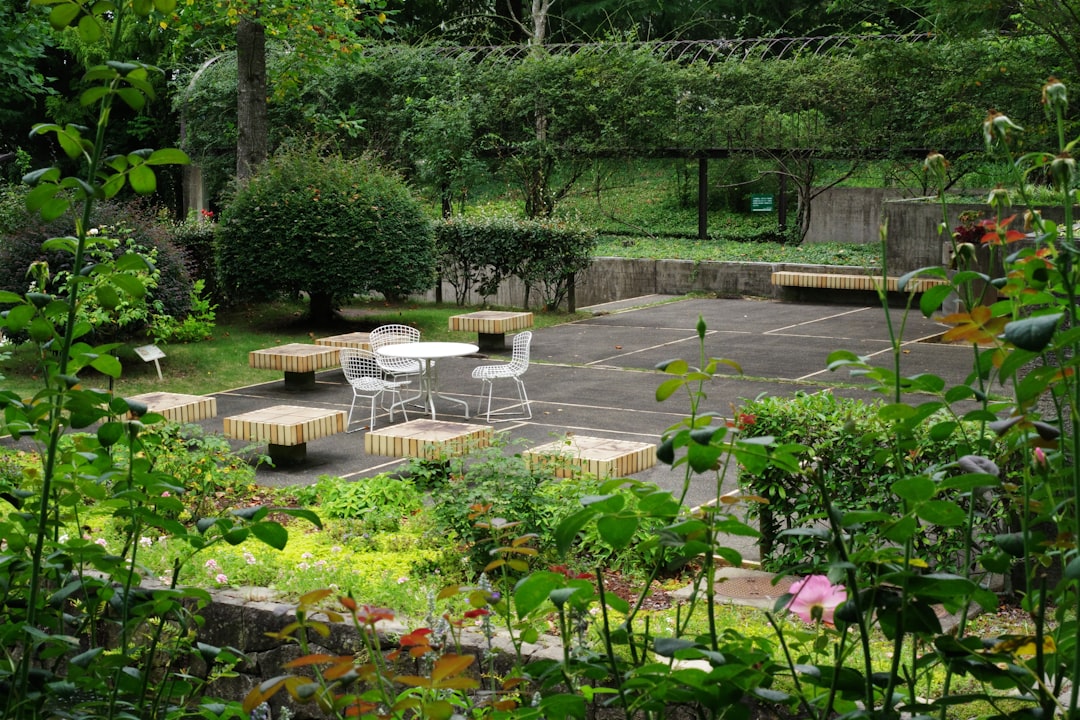
Fall Lawn Maintenance: The Key to a Healthy Yard in Winter
Fall Lawn Maintenance: The Key to a Healthy Yard in Winter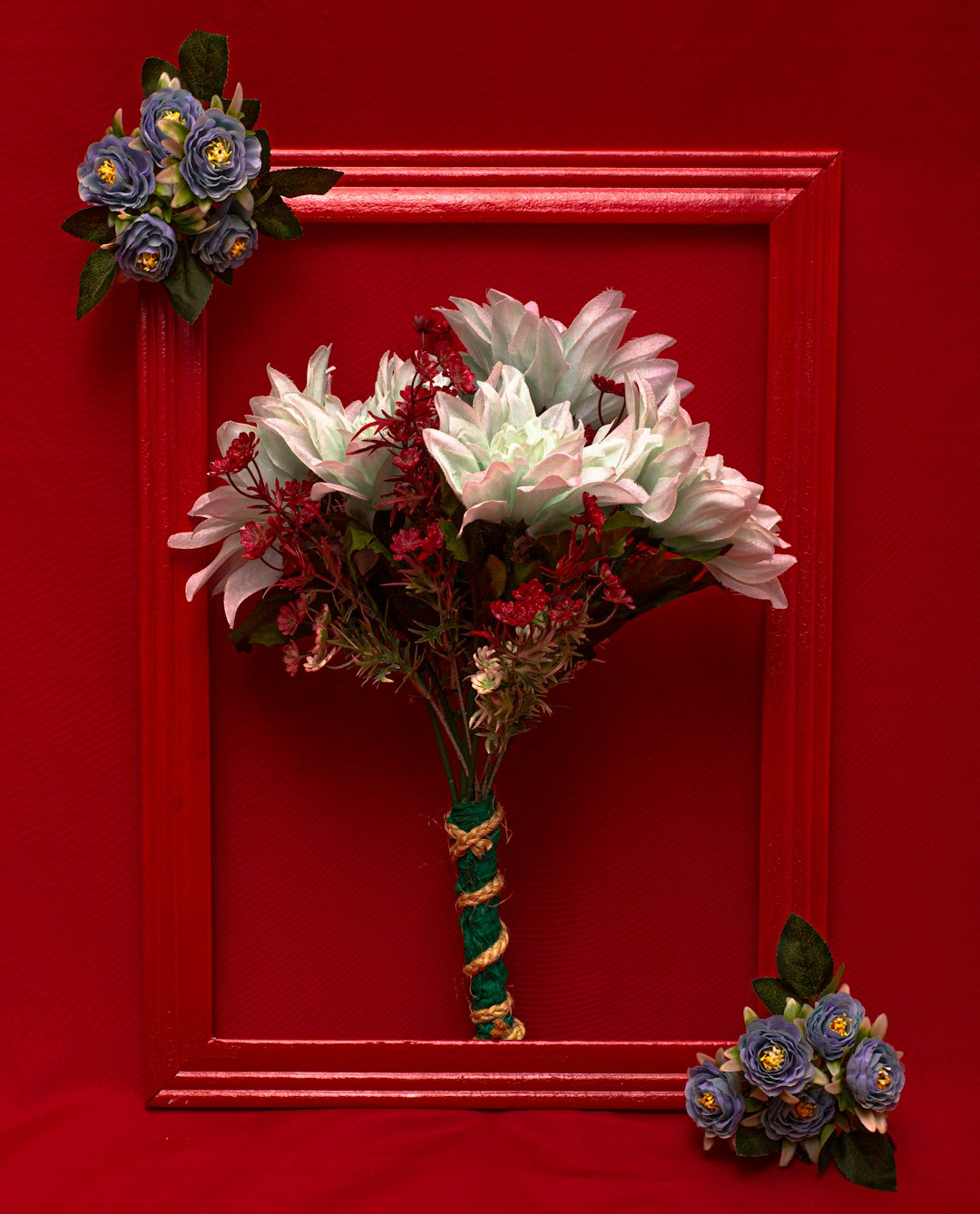
The Secret to Soil Amendment Without Uprooting Your Plants
The Secret to Soil Amendment Without Uprooting Your Plants
Unleash Your Garden's Potential: The Art of Seed Collection
Unleash Your Garden's Potential: The Art of Seed Collection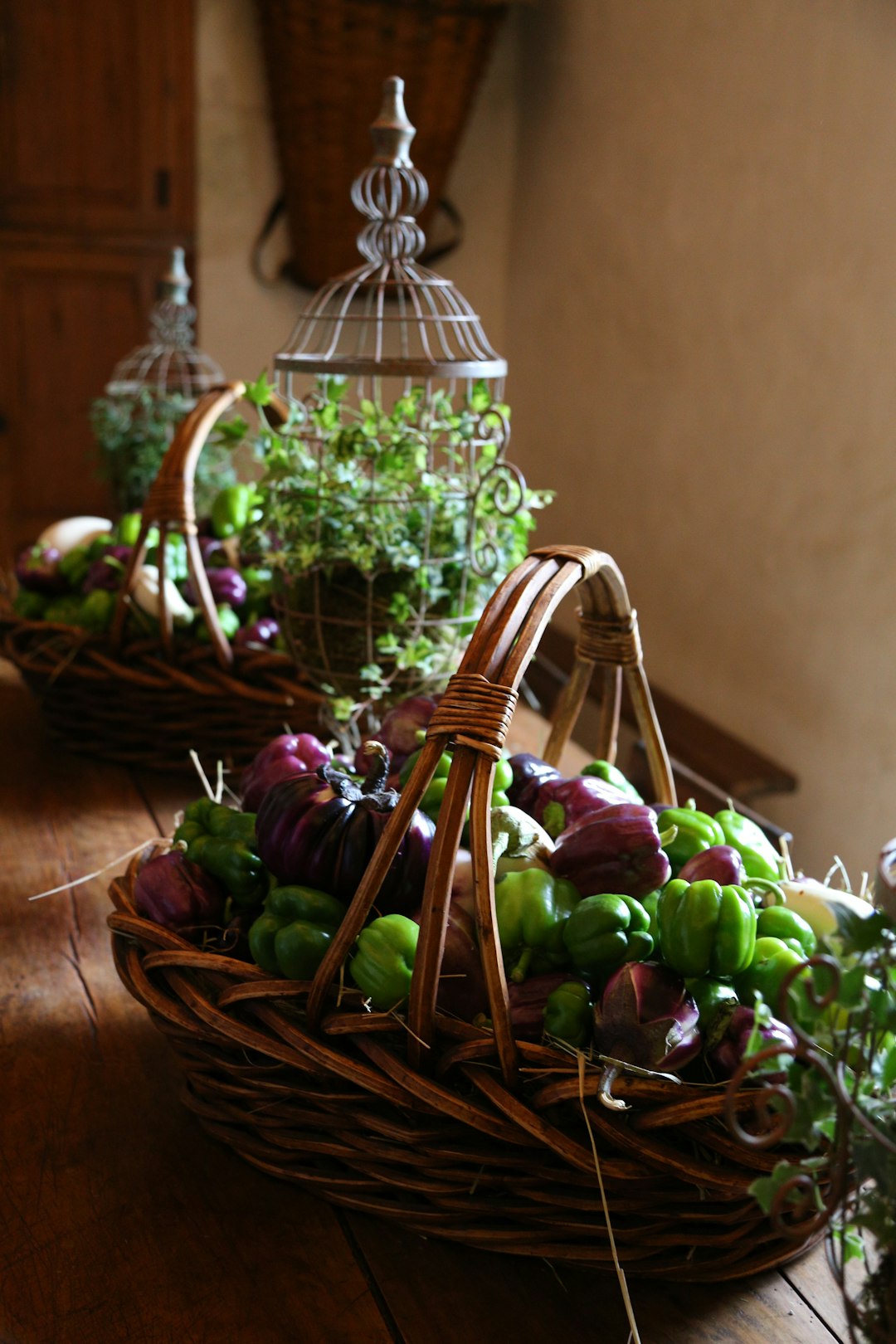
Pre - Summer Yard Care Essentials
Pre - Summer Yard Care Essentials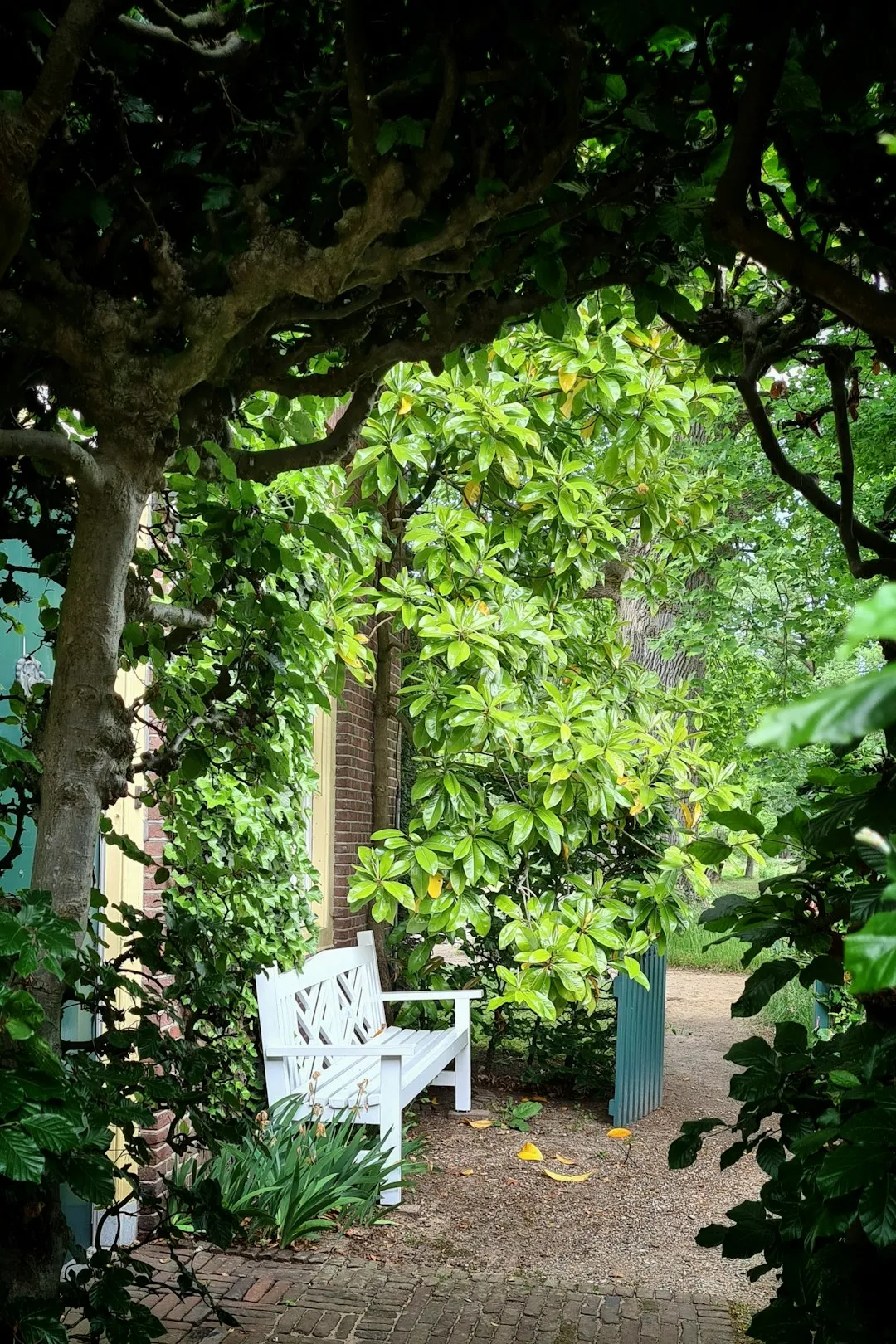
Weathering the Storm: Nurturing Your Garden in Extreme Conditions
Weathering the Storm: Nurturing Your Garden in Extreme Conditions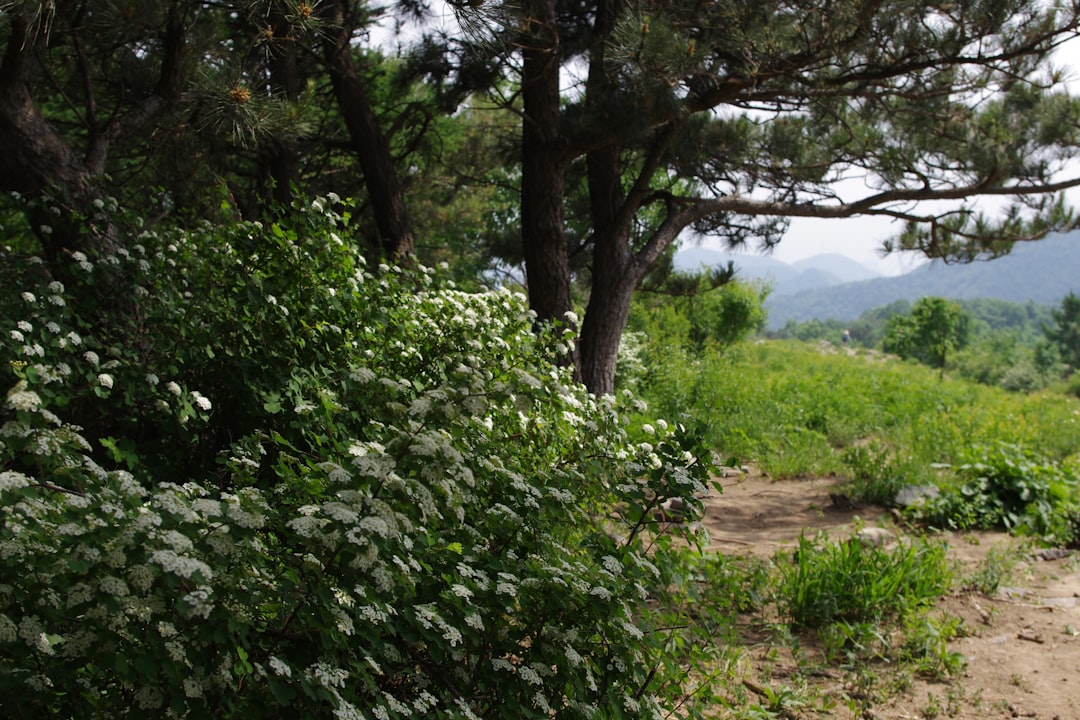
Summer Pruning: The 10 Flowering Plants to Leave Alone
Summer Pruning: The 10 Flowering Plants to Leave Alone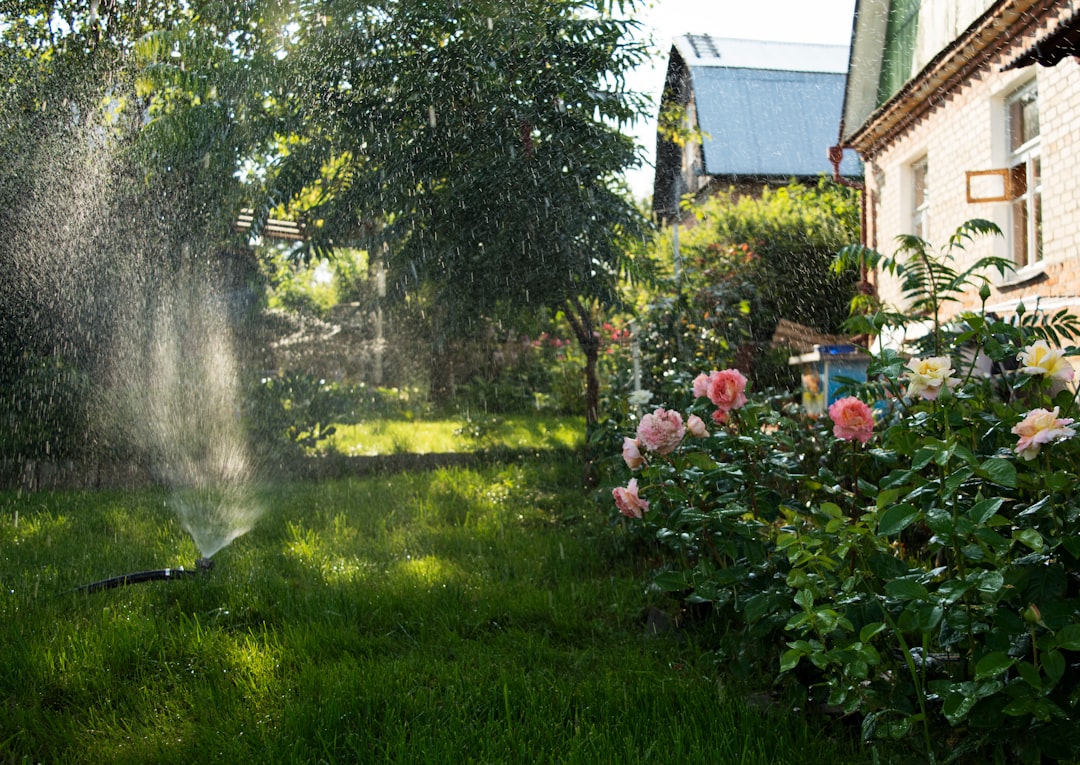
Unveiling the Hidden Gems of Perennial Gardening
Unveiling the Hidden Gems of Perennial Gardening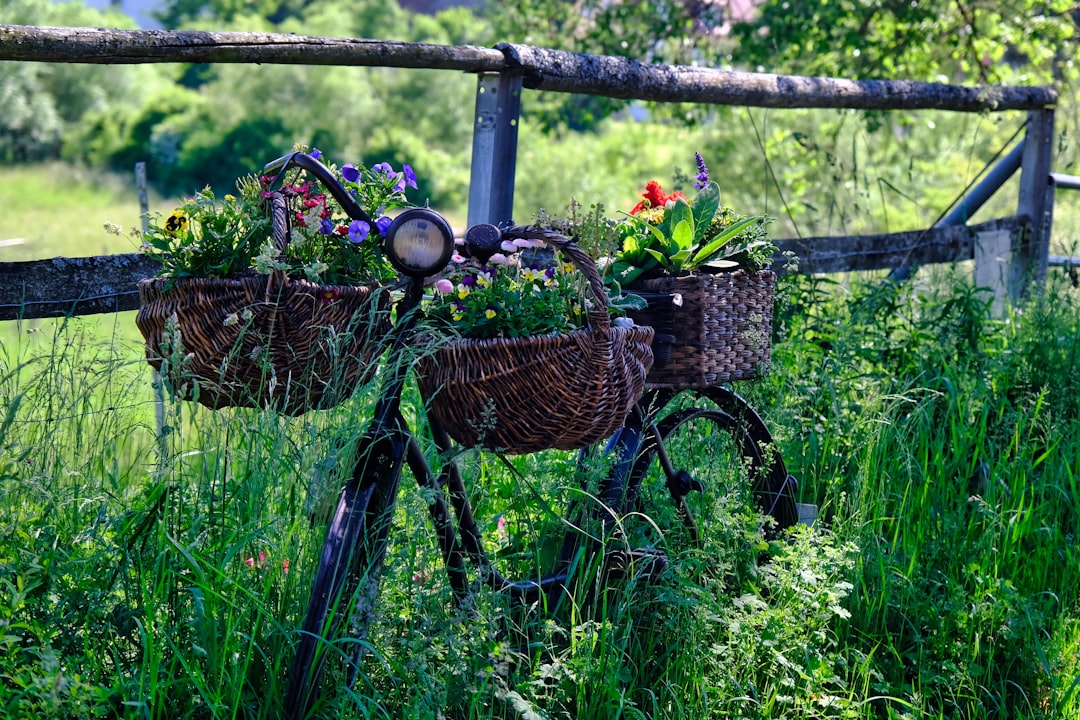
Unleashing the Beauty of Perennial Black - Eyed Susans in Your Garden
Unleashing the Beauty of Perennial Black - Eyed Susans in Your Garden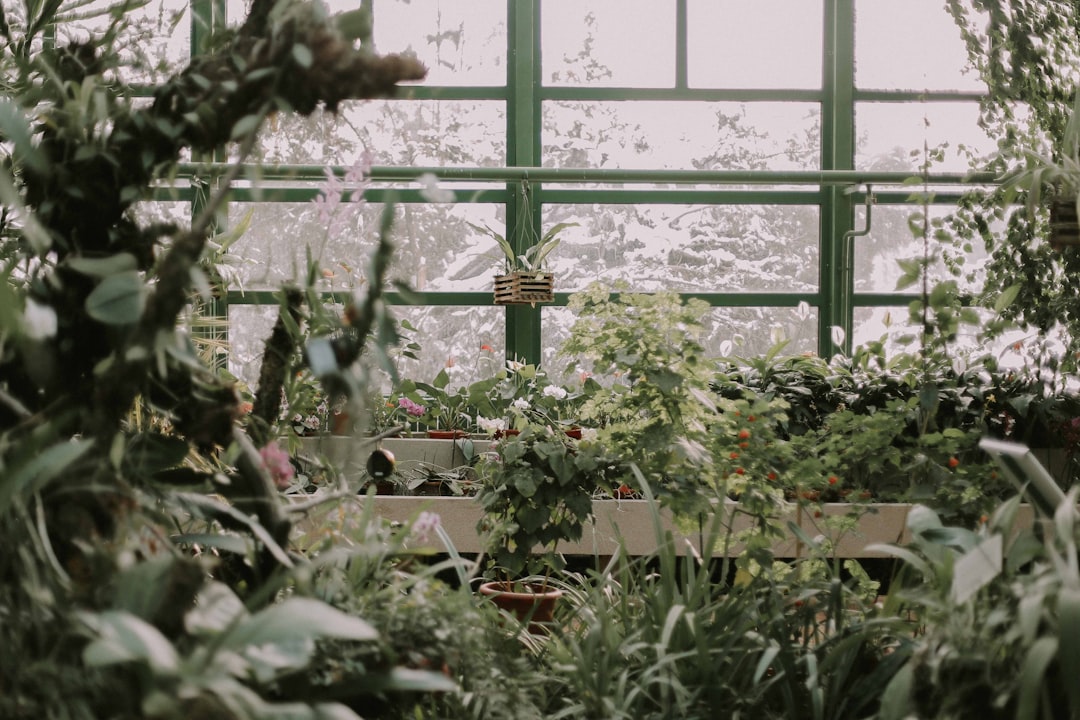
Unveiling the Secrets of Trillium Growth
Unveiling the Secrets of Trillium Growth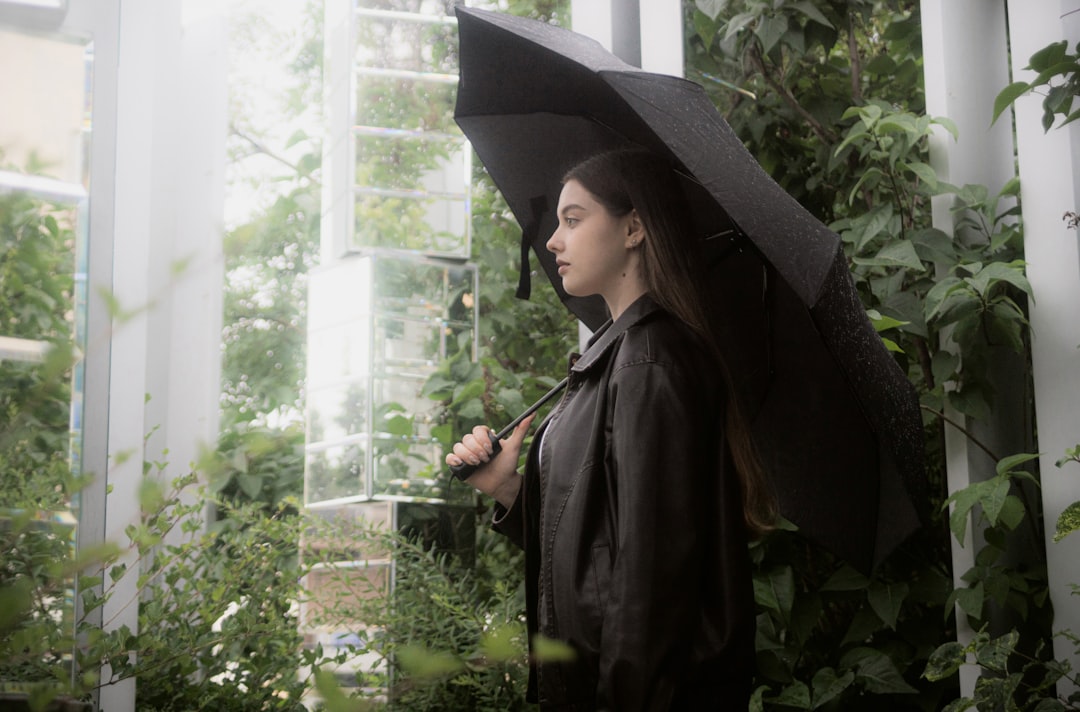
The All - Season Charm of Sedum Plants
The All - Season Charm of Sedum Plants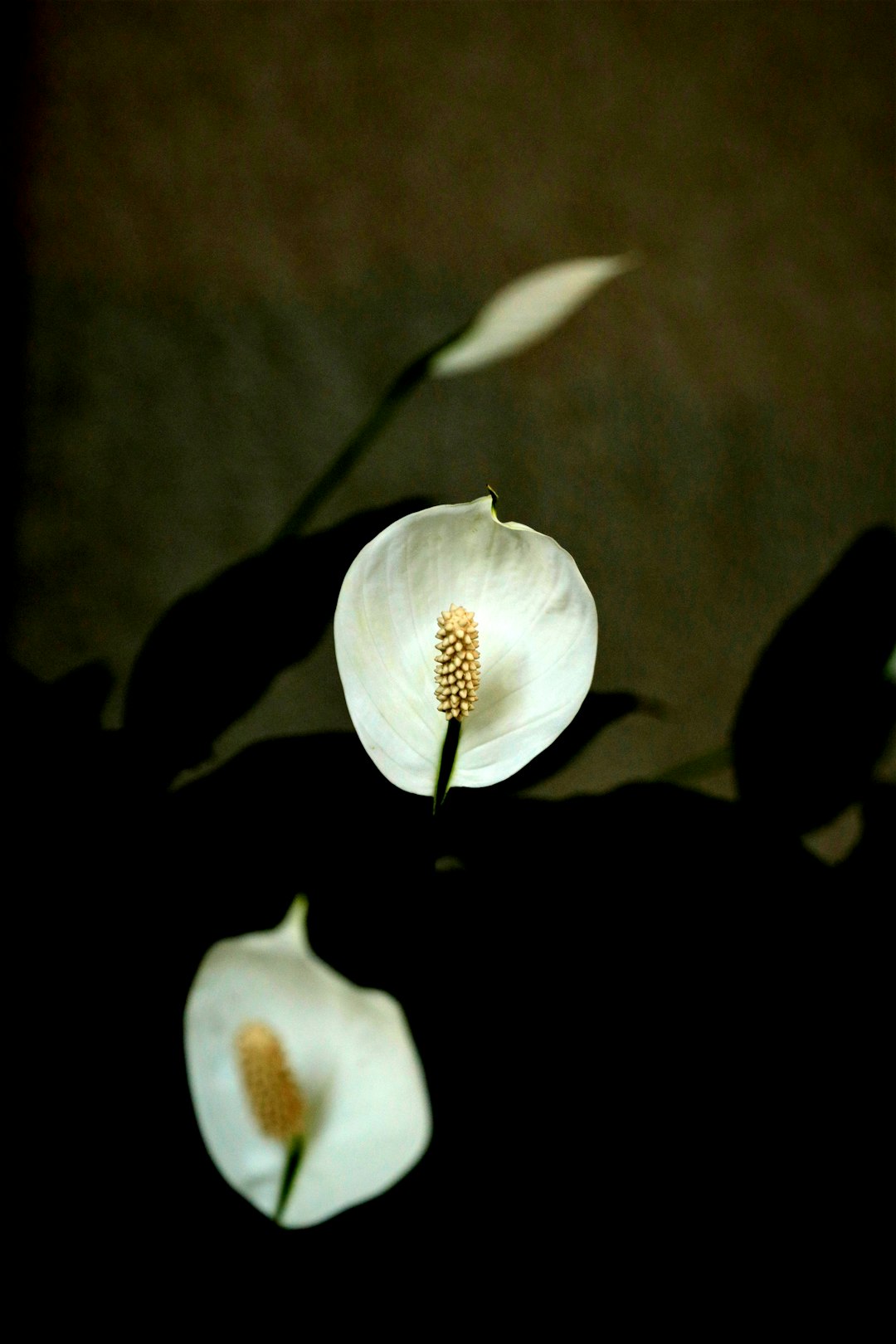
Banishing Snakes from Your Yard: Simple Solutions
Banishing Snakes from Your Yard: Simple Solutions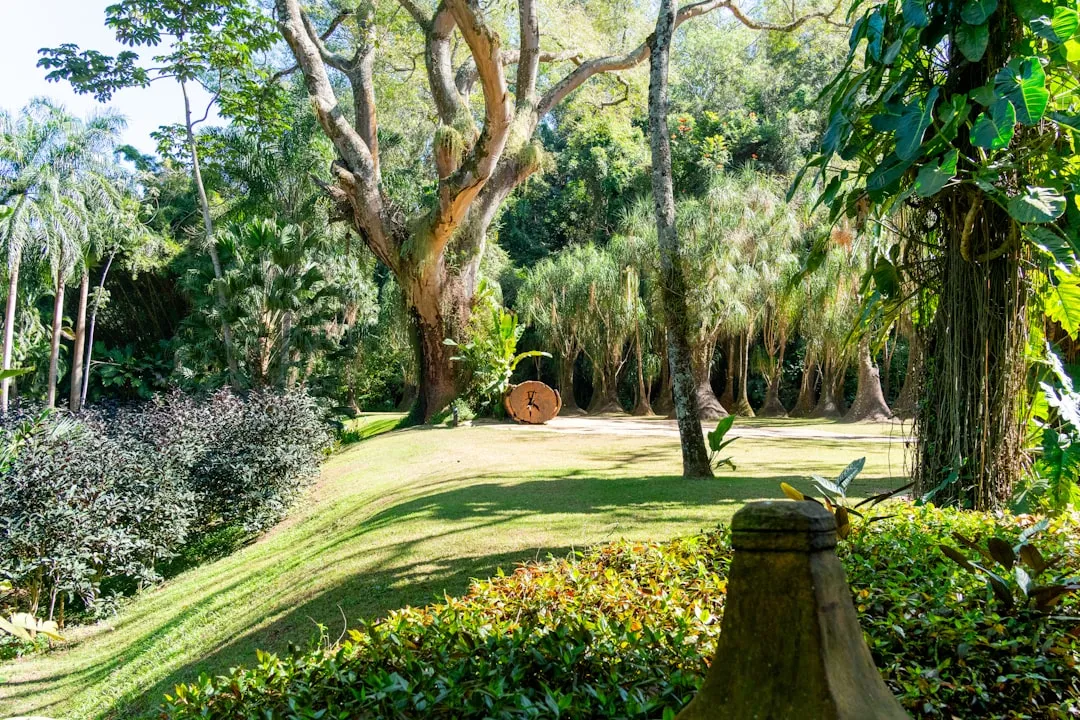
Secrets to a Bug - Free Garden: Conquering Squash Bugs Naturally
Secrets to a Bug - Free Garden: Conquering Squash Bugs Naturally
Transform Your Yard: Banish Crabgrass for Good
Transform Your Yard: Banish Crabgrass for Good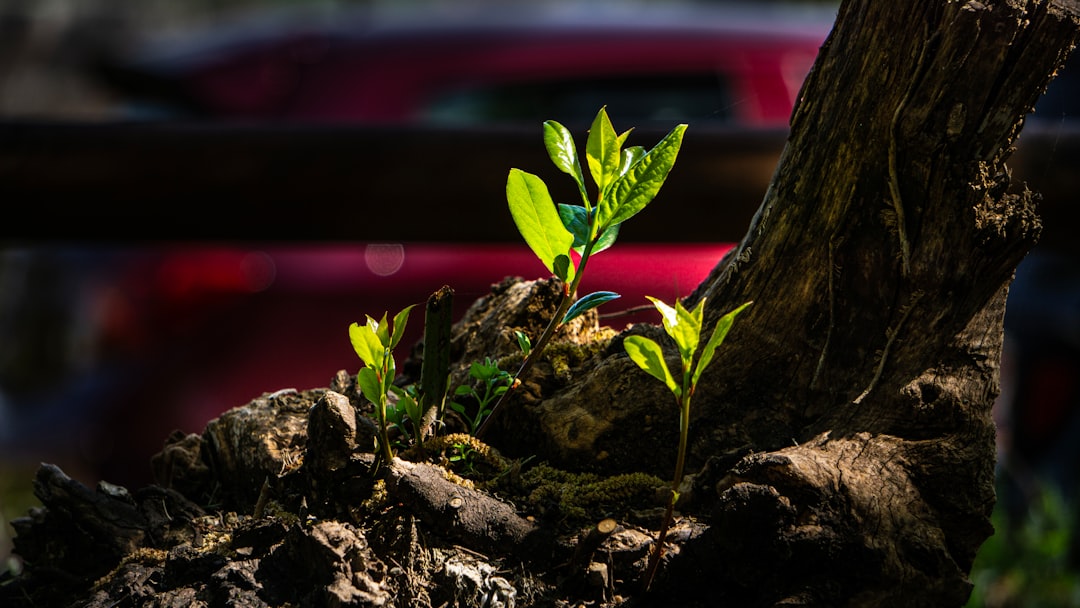
Unveiling the Wonders of a Low - Sun Garden
Unveiling the Wonders of a Low - Sun Garden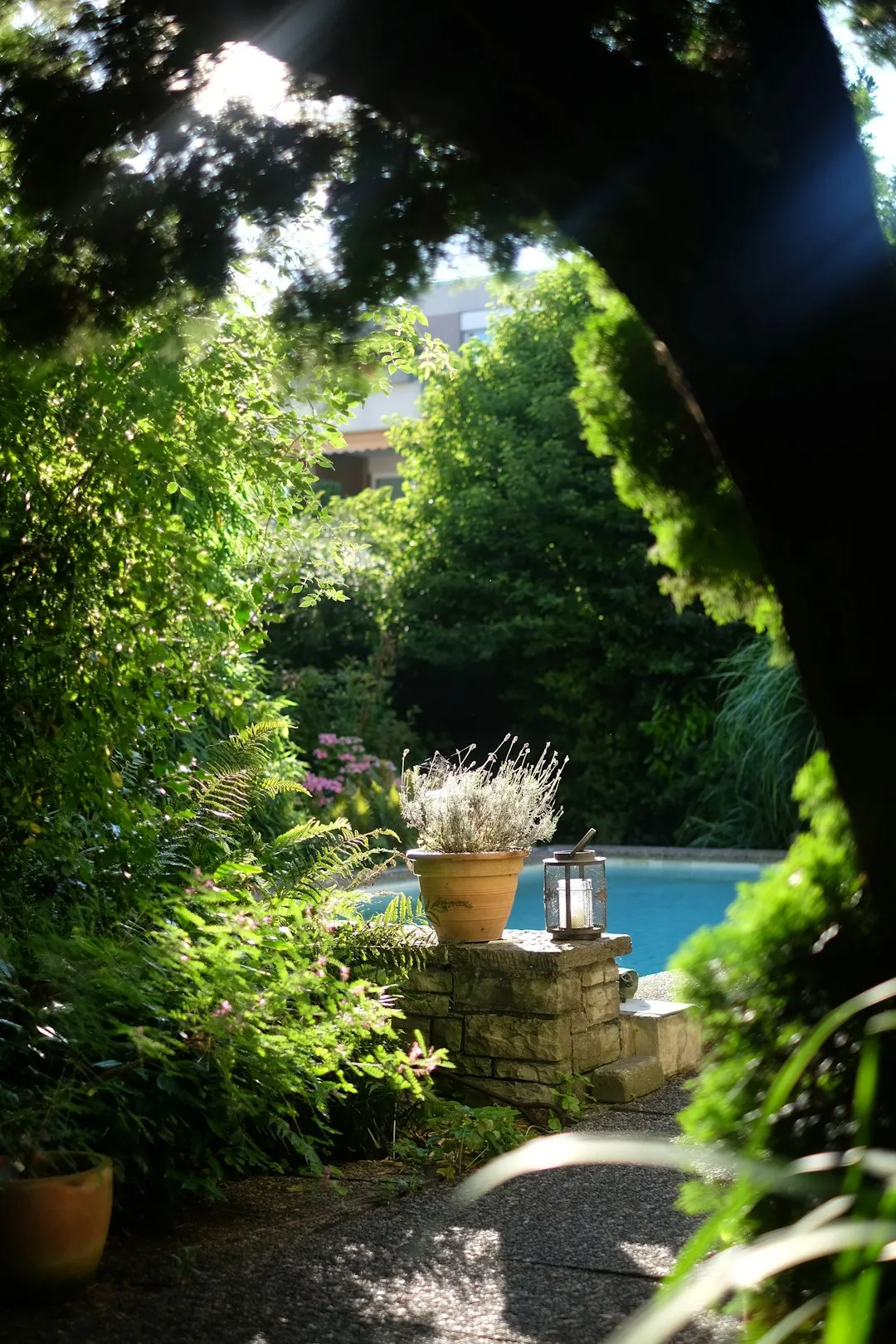
Unleash Your Garden's Potential: The Magic of Lasagna Gardening
Unleash Your Garden's Potential: The Magic of Lasagna Gardening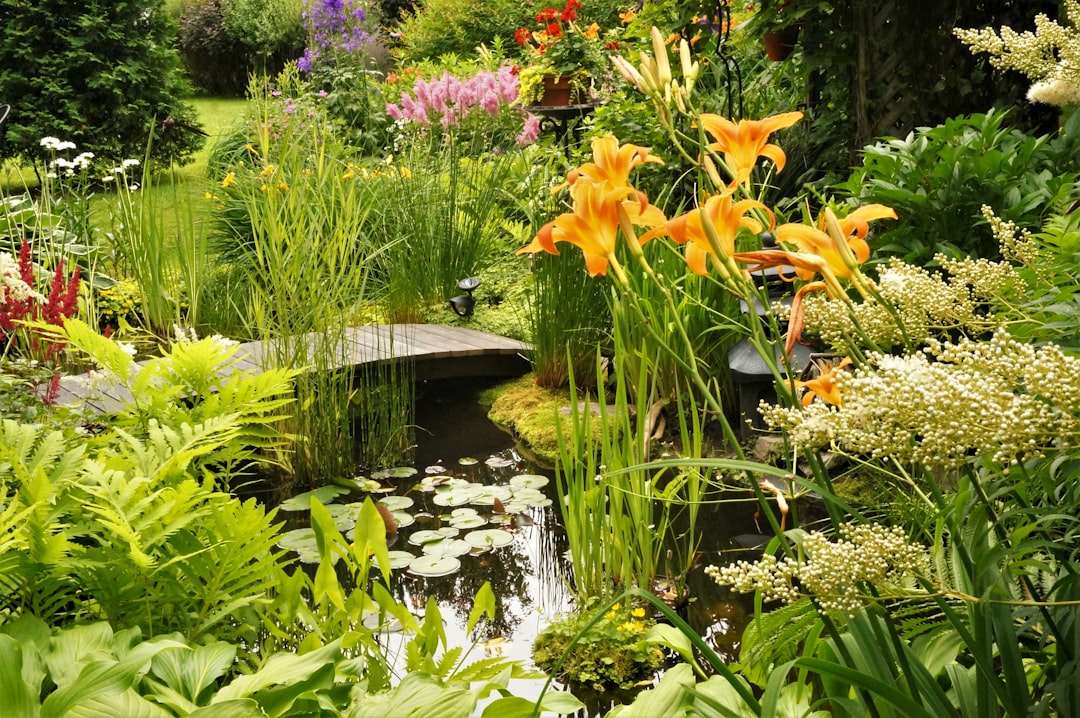
Unveiling the Mysteries of Lunar Gardening
Unveiling the Mysteries of Lunar Gardening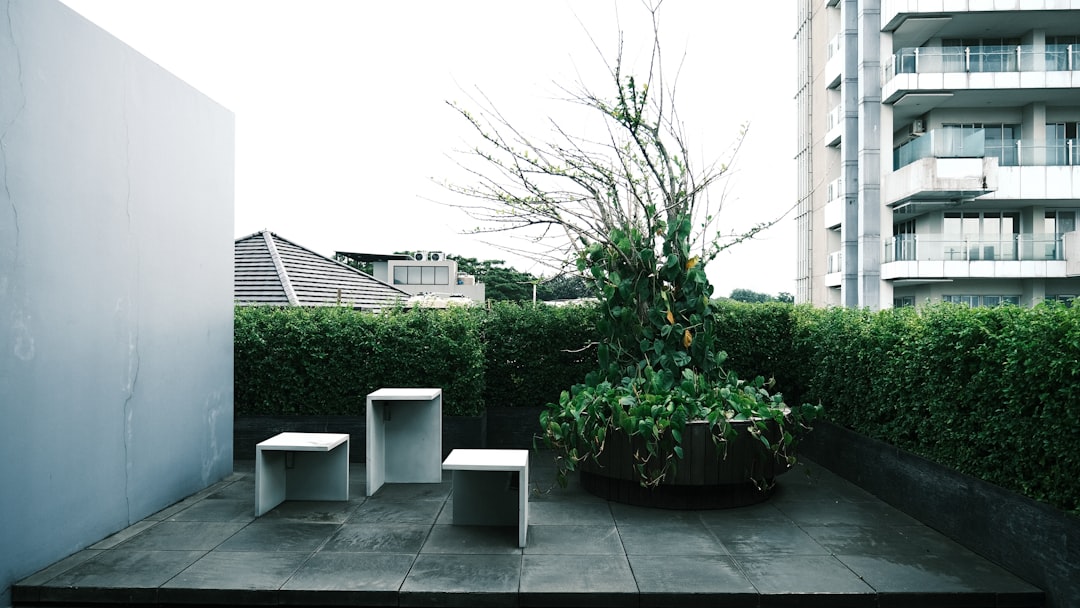
Unleash Your Inner Herbalist: A Guide to Indoor Herb Gardening
Unleash Your Inner Herbalist: A Guide to Indoor Herb Gardening